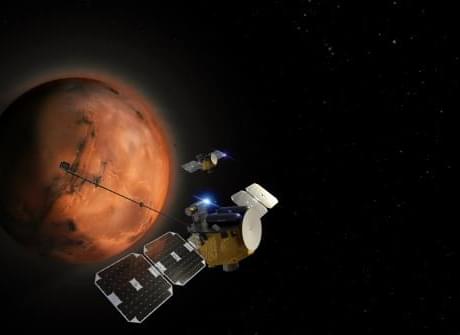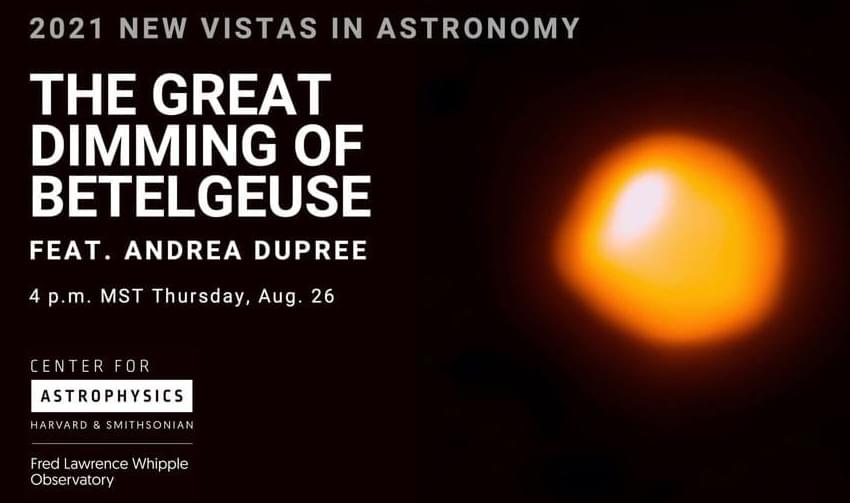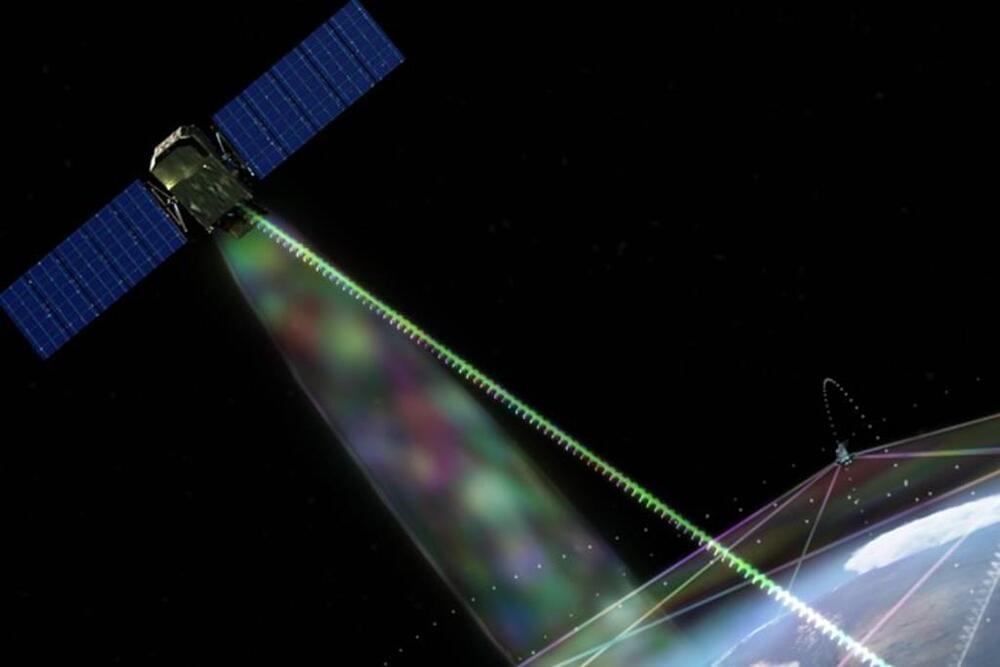Aug 28, 2021
Space Junk Reportedly Smashed a Chinese Military Satellite
Posted by Chima Wisdom in categories: military, satellites
A Chinese military satellite appears to have gotten smashed by a disintegrating Russian rocket, Space.com reports, in what’s likely the worst orbital collision since 2009.
The collision illustrates the growing danger of derelict spacecraft parts and other jetsam in Earth’s orbit, where they can smash functional equipment — as well as the extraordinary difficulty in figuring out what’s going on in Earth’s orbit.
According to an investigation by Harvard astrophysicist and satellite tracker Jonathan McDowell, Chinese satellite Yunhai 1–02 likely crashed into a piece of space junk earlier this year.

















